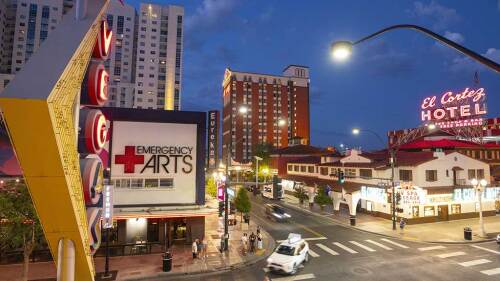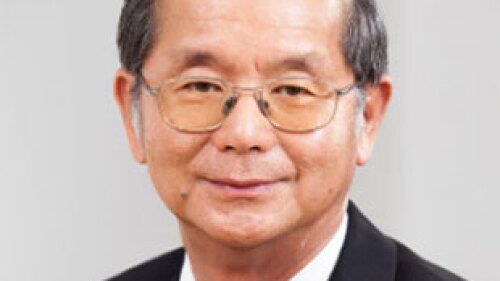Public Sector
Las Vegas is betting on significant investment in public transportation to help generate thousands of new real estate developments along major city streets such as Maryland Parkway, one of the city’s most important corridors outside of the Las Vegas Strip.
Public-private partnership creates a city within a city on 355 acres of undeveloped land located on the 100-year-old ASU campus.
Khoo Teng Chye, who is on the faculty of Engineering and the School of Design and Environment at the National University of Singapore, has been appointed chair of ULI Asia Pacific. Khoo, a fellow and former executive director at the Centre for Liveable Cities, began his three-year term in July, succeeding Nicholas Brooke, chairman of Professional Property Services Limited in Hong Kong.
ULI has been working in collaboration with a select group of corporate members to produce a “roadmap” for social value measurement that identifies the obstacles, gaps, frameworks, and tools that are available to set targets, manage and measure social impact, and examine best practices already applied from across the real estate industry.
A ULI Chicago task force has been working to expand housing options in the Chicagoland area by addressing regulatory barriers to the creation of accessory dwelling units (ADUs).
A public/private partnership in Surrey, British Columbia, builds a mixed-use point city center near Vancouver.
A new online Public Infrastructure Decision Tree provides guidance to state and local government officials.
From Australia to Canada, from the U.K. to the U.S, see ten examples where cash-strapped city and state governments get new or refurbished parks, libraries, or recreation facilities. Private sector partners get added value such as higher home prices and enhanced foot traffic for retail, entertainment, and dining uses. In some cases, the private sector partner builds and operates justice or transit structures in exchange for development rights.






